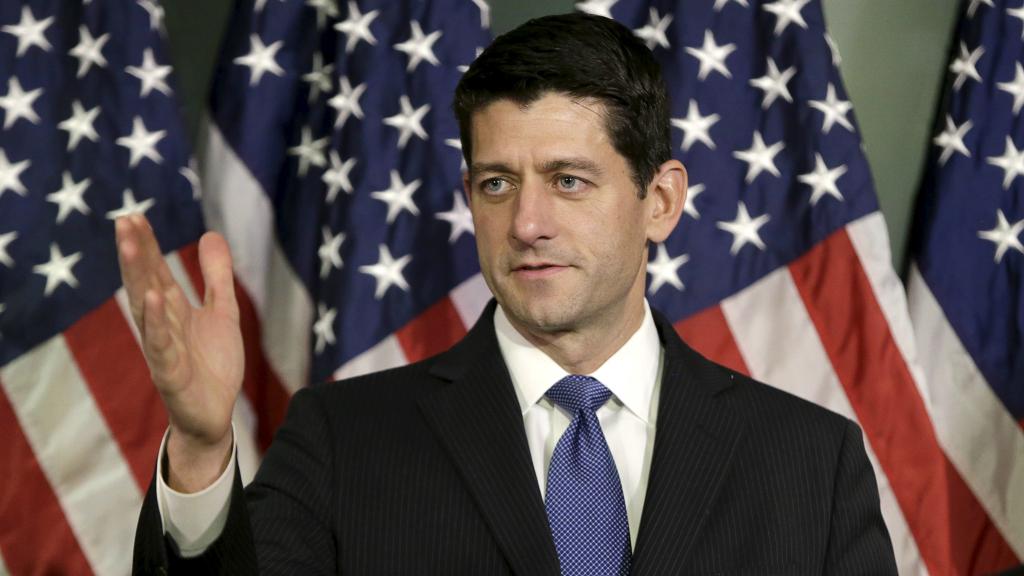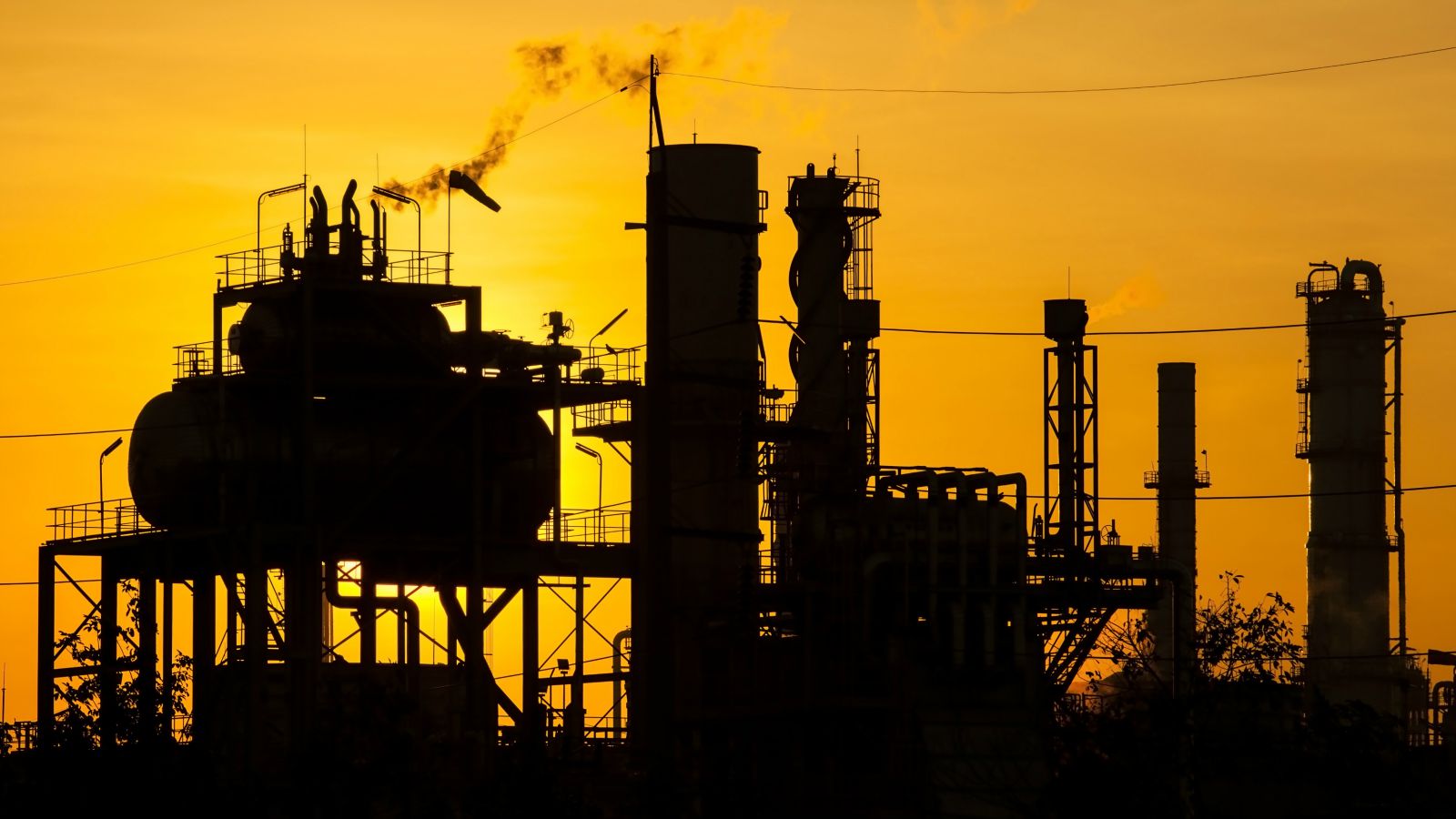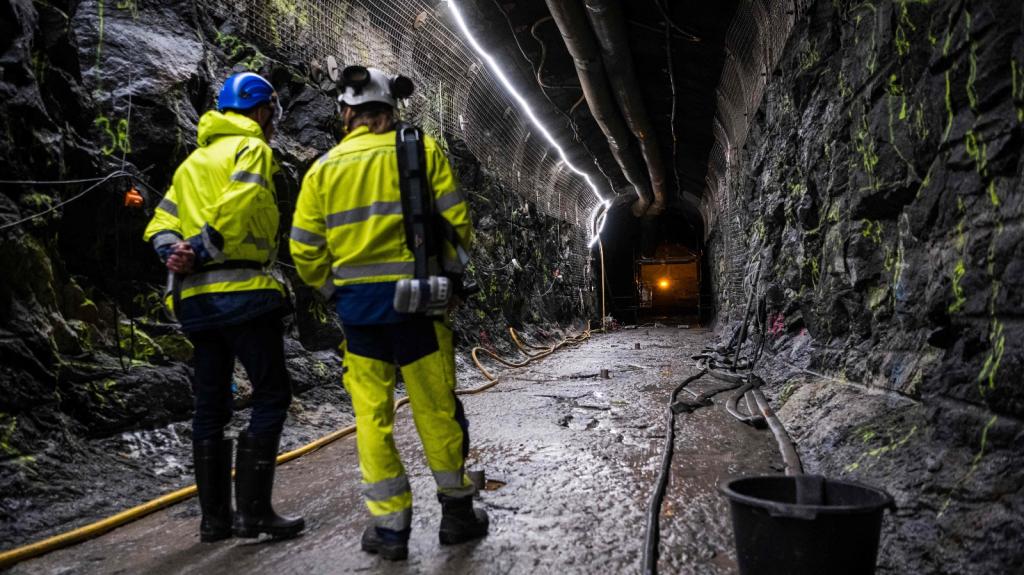When it comes to history, I’m a nerd. I’m not necessarily super-interested in memorizing dates or how white men got into huge wars, or whatever — but I do love primary documents and stories of regular people from decades past. Seeing, say, a letter written for a loved one who went off to war, or a former slave’s letter to a former master is fascinating to me. I’ve always been interested in the smaller, quieter parts of history. OK sure, the Civil War ended in 1865, but then what happened after?
One of the interesting parts about the period right after the Civil War was the creation of free towns, where recently freed black people built communities. (Compare that to the situation of those who stayed on the plantation and worked as sharecroppers out of economic necessity.) A few free towns were established before the Civil War, which is even more incredible. There’s a great piece in The Intercept that came out this week about one of those small towns, Mossville. One of the first free towns, it was founded in 1790 by people who were formerly enslaved in the South. The article focuses on how the town, located in southwest Louisiana, is disappearing, as an energy and chemical company called Sasol is buying up all the land in Mossville and offering the residents buy-outs.
The buy-outs are working, but not because people don’t want to stay in the community where their families have lived for generations. Residents are accepting buy-outs because Mossville is also a “fenceline community,” with petrochemical plants, oil refineries, and a vinyl chloride factory in its backyard. For years, they’ve been dealing with chronic diseases because of toxic pollutants being emitted from those industrial plants — with little to no help from the public agencies that are supposed to be helping them.
Heather Rogers at The Intercept writes:
LeBlanc has known for more than 15 years that his body courses with toxins. In 1998 a group of local residents who organized under the name MEAN, Mossville Environmental Action Now, with the help of Greenpeace fought skillfully and hard to convince a federal agency within the Centers for Disease Control and Prevention to conduct toxicological testing. The Agency for Toxic Substances and Disease Registry, ATSDR, drew the blood of 28 Mossville inhabitants, including LeBlanc. The screening was for dioxins and dioxin-like compounds, a category comprising some of the most hazardous chemicals known to science. These highly toxic substances are formed when chlorine or a material containing chlorine is exposed to high temperatures — as happens in manufacturing vinyl chloride and other substances made in Westlake. The health effects of dioxins in humans can include cancer, damage to the reproductive system, impairment of the immune system, and disruption of normal hormone functions, which can lead to diseases such as diabetes. Dioxins are resistant to metabolism, so they can build up in the body, wreaking havoc for years.
The piece is a super-sad story about entire families being subjected to chronic diseases because of environment-destroying corporations, and yet, it’s somewhat fascinating because it shows the intersections of race, class, and capitalism, and how all of these factors fit into environmental issues. While Sasol is offering buy-outs for residents of the black town to sell their land and relocate elsewhere, they’re not offering buy-outs or trying to acquire land in the predominately white town next door in Westlake. I’m not going to give away the reason why before you read the article, but I am pretty sure that “MEAN” is one of the best names for an activist group ever.




